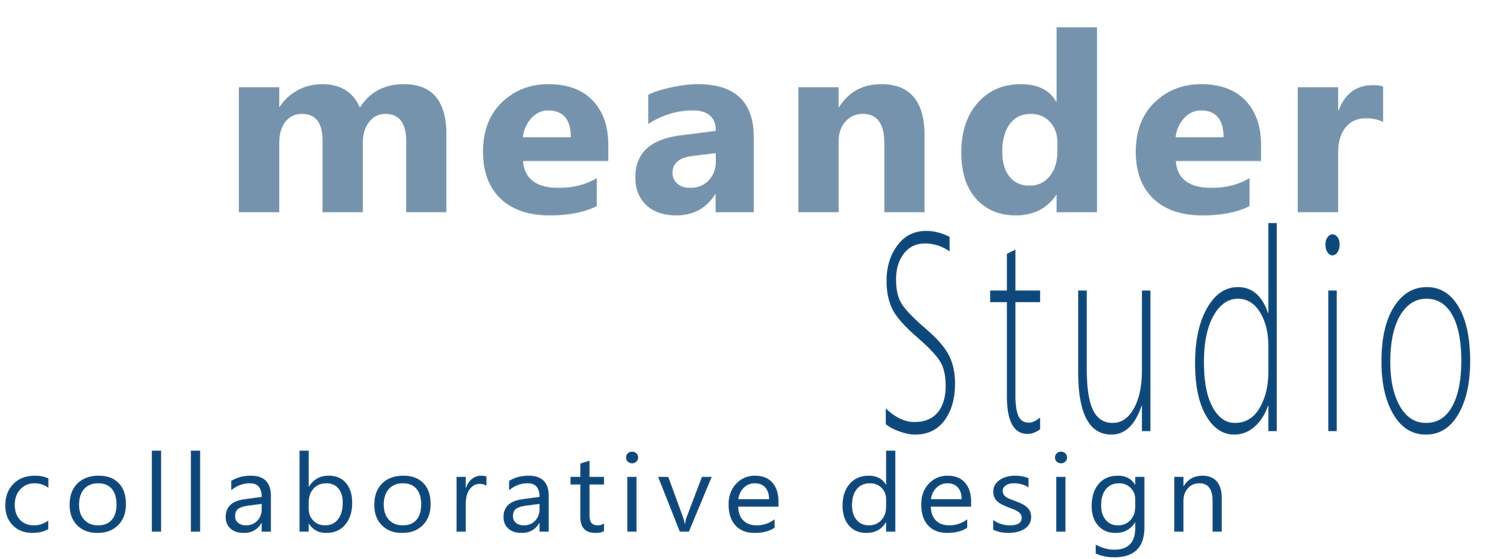When I was applying to graduate school, the architectural world was flirting with Post‐Modernism and the academic world was either embracing the trend or steadfastly resisting. Two years earlier I discovered Herman Hertzberger’s Office Building in Apeldoorn and became fascinated by his approach to participatory design. After that experience, I chose my studio instructors carefully to find ways to explore human-centered design and avoid professors who were experimenting with Deconstruction and Post‐Modernism. My choice of graduate school was in the same spirit of finding a place to explore what I thought architecture was about. When I arrived at MIT in 1987, I quickly learned that academics who say they are interested in how people use spaces can be as formal and dogmatic as the most ardent Post‐Modernist. These debates have been largely forgotten in today’s dialogue, but the tension between the ideas of empowerment and more formal concerns are still present in my own dialectic.
Coming from a family of educators, I left graduate school with a strong desire to teach. When I first arrived at the BAC, co‐teaching a B‐1 studio with Cynie Linton, both of us shared a key interest in listening to the aspirations of our students. We soon learned that students also want lectures and to listen to the experiences of their instructors. I began to put together short slide shows to broaden the context from which they could draw design inspiration. This act of lecturing was a counterpoint to the way we ran our studios – which was about questioning and listening to students articulate their design intentions with the goal of encouraging a larger discussion amongst all of the students about the work in front of them. The transition to teaching C Level studios required that my teaching agenda be more explicit. What I soon found out is that I needed to give the students some tools in order to solve the problems that were being presented. There was the same desire to empower students to approach studio explorations through their own perspective, but more and more I found myself asking students to try and use various methodologies to expand their ways of working. As I continue to teach, I have become more comfortable articulating my own personal biases and creating a safe space for the students to enter into a dialogue about their own design prejudices. I also found that, over time, I have begun to rely less on how I was taught in architecture school and more on some key learning objectives in which I can draw on the knowledge of other disciplines such as theater, writing and philosophy.
In the last studio I taught at the BAC, before becoming Director of the Distance M.Arch Thesis program, I asked students to bring a project they had done in a previous studio, work to distill it to its essential concept and then transform it on another site and with a different program. This studio began to encapsulate both my teaching philosophy and what I hope to be a learning philosophy. The students were first asked to bring something that they care about. Then they were asked to look at it critically and ask questions. The last step was for them to make something different out of their critical analysis. Of course, learning does not take place in three distinct steps – many iterations are required. One thing I made clear in the studio is that it is important to constantly be revisiting and revising based on what they learned through each exercise. The confines of the calendar make it necessary to move through a series of exercises, but often we learn critical things about our beginning concept as we are crafting the final product. Many of the arts require working through the entire process before we can analyze, edit and revise. For the students it is important to create a safe space where they feel like exploration is valued rather than product, while craft is respected along the way. Craft may not seem to be the logical counterpoint to creating an environment of exploration, but from a teaching perspective I have found it important to articulate how the role of making something well plays in the process of iterative learning. Too often students confuse production with being fast or sloppy. By emphasizing the act of making, we teach the students to trust that learning can occur in intuitive or subtle ways. Traditional education embraces memorization or logical thinking – where a design education requires students to value various ways of learning: helping them to understand their own learning style and encourage them to explore others. Suspending disbelief and trusting that the time they put into one activity has pay‐offs in other parts of the learning process can be hard for students and I have found it important to listen carefully to their frustrations. At the beginning of my teaching experience, I found that I wanted to keep my personal biases hidden under the fear that I might overly influence the outcomes. Over time I have found that sharing my own struggles or ways of working can be a path for students to see opportunities. Empowering students is not about allowing them complete freedom, but rather about setting safe boundaries from which they can explore and hopefully learn.











